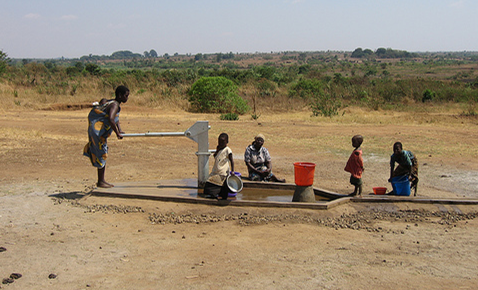WEDNESDAY, 7 MAY 2014
It is especially worrying, therefore, that new findings from Dr. Robert Bain and colleagues suggest that these ‘improved’ sources may not always be safe after all. The study, published in PLOS Medicine, implies that we may need to rethink our assumption that ‘improved’ water is ‘safe’ water.The researchers, who are from the University of North Carolina, US, the University of Southampton, UK, and WaterAid, UK, conducted a comprehensive literature search to find studies which investigated faecal contamination of water sources in developing countries. The water sources included both ‘improved’ sources, which protect water from external contaminants by piping it or supplying it through standpipes or wells, and ‘unimproved’ sources, such as unprotected springs, lakes and rivers.
The findings from the 319 studies assessed by the authors were startling. At least a quarter of samples of improved water sources were found to still contain faecal contamination in a full 38% of studies. Further analysis showed that protected dug wells were particularly likely to be contaminated compared to other ‘improved’ sources. Perhaps unsurprisingly, sources were also more likely to be contaminated in low-income and rural areas. Water contaminated by faeces commonly contains disease-causing bacteria, so poses a real threat to those who must use it for drinking, cooking and washing.
These results should not be taken to mean that water source improvement does not work. Water from improved sources was still about 7 times less likely to be contaminated, and especially less likely to be heavily contaminated, than water from unimproved sources. (odds ratio of 0.15). It also seemed that overall water quality had improved over time, between the earliest research, in the early '90s, and the latest, just last year, which is cause for some optimism.
Nonetheless, this evidence suggests that the current assumption that water is safe because it comes from a relatively ‘improved’ water source is unreliable. It would support moving to an absolute measure of water quality, which would provide a more precise picture of our progress towards the goal of safe water for everyone.
Full paper available at: http://www.plosmedicine.org/article/info%3Adoi%2F10.1371%2Fjournal.pmed.1001644
Sources: 1http://www.un.org/millenniumgoals/environ.shtml

